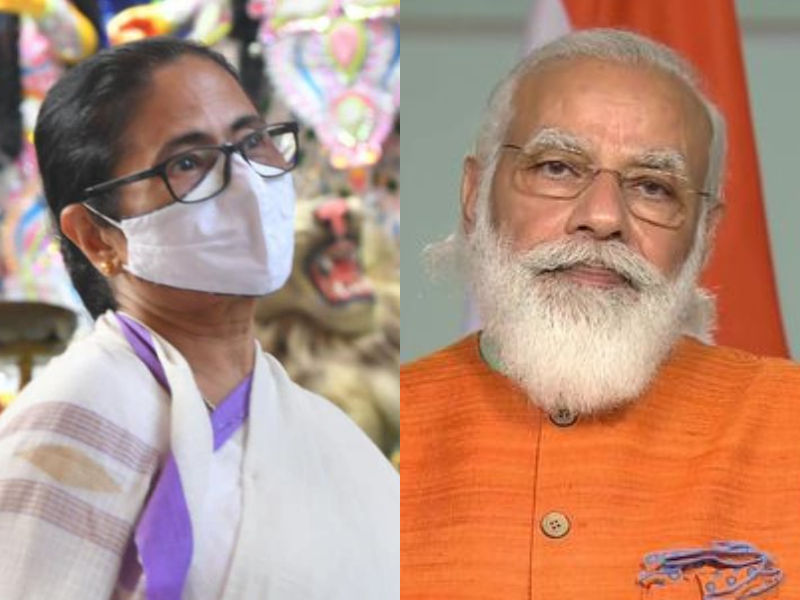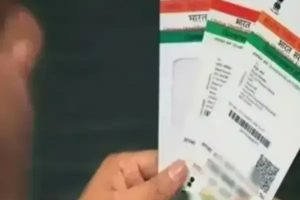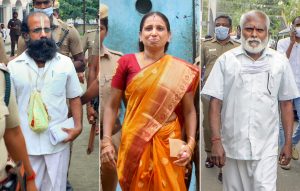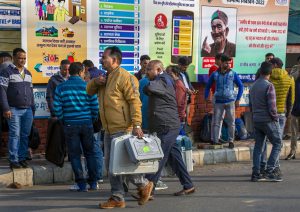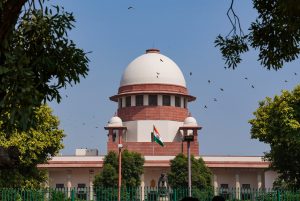Exit polls tend to follow the opinion polls that precede them. But an assessment of all exit polls indicate that they are divided, especially on whether Mamata Banerjee could be back in power for the third time because of a fierce struggle with the BJP.
On the other hand, the exit polls do not hesitate to declare that the DMK is set to make a clean sweep of Tamil Nadu.
Similarly, the polls are sure that Pinarayi Vijayan could lead the Left Democratic Front (LDF) to return to power in Kerala, breaking a cycle since 1977 when the reins of government has always exchanged hands– between the CPI(M)-led combine and a Congress-led alliance every five years.
In Assam, despite a formidable opposition alliance, the polls hedge their bets on the BJP’s ability to retain power. In Puducherry, the alliance of the NR Congress, BJP and the AIADMK under the NDA banner should make it easily%u2014 because of the crumbling structure of the Congress, notwithstanding its alliance with the DMK.
A tough fight on the ground between the parties and their candidates and an aggressive campaign before the pandemic’s second wave began to wreak havoc has added a lot of uncertainty to the poll outcome in all the states.
In fact, the elections in Assam, Tamil Nadu, Kerala and Puducherry were completed before the second wave of the pandemic assumed a monstrous form across the country.
In West Bengal, the fears of the pandemic crippled campaign for the last two phases of the polls. But the management of Covid-19 was not a dominating issue.
We must remember that an exit poll is a poll of voters taken immediately in person or by phone after they have cast their vote.
Therefore, the accuracy of such findings depends on persons who were contacted and whether they have revealed truthfully their choice to the pollster.
Such an exercise is fraught with the fear of repercussion and consequences for revealing your vote, particularly in West Bengal where the political violence of a decade and more have left deep scars.
It is no surprise that there is a greater degree of variance likely to be associated with voter responses as well as their interpolation by different pollsters.
In Bengal, the political parties have accused each other of intimidation of voters.
The ones who dared to go out to vote, particularly in vast rural areas, would rather prefer to be discreet about their choice.
In Tamil Nadu, the parties had accused their rivals of trying to lure their voters with gifts and cash.
That is why many are skeptical of the findings of the exit polls though they may agree with some broad trends of the findings.
In Tamil Nadu, DMK chief M K Stalin has been seen as the most fancied to become the next chief minister. Since the 2019 Lok Sabha polls when the DMK-led alliance won all but one seat from the state, Stalin was seen as the natural choice of many voters.
But the AIADMK, under the leadership of Chief Minister Edappadi K Palaniswami, has also been seen as recovering the ground because of a string of administrative measures, packages for the poor and effective delivery mechanism.
Palaniswami had also achieved a social coalition of sorts through his party’s pre-poll understanding with the Pattali Maakal Katchi (PMK) and other groups, which should also be seen as an advantage for the AIADMK.
During the run-up to the polls, many DMK insiders had acknowledged that that the battle is anything but a clean sweep of assembly seats for their party.
There is a possibility that the exit polls may have also completely overlooked the role of parties like actor Kamal Haasan whose Maakal Needhi Maiam (MNM) could have dented the anti-AIADMK votes in some urban centres.
In Kerala, the exit polls have largely echoed the local bodies elections of last year when the Left parties performed very well. The Left combine had reversed the outcome of the 2019 Lok Sabha polls that saw the Congress-led United Democratic Front (UDF) win 19 of the 20 parliamentary seats.
If the exit polls hold, it would mean that Pinarayi Vijayan has secured a place in history. It would also mean that the Congress, despite ensuring a better selection of candidates and Rahul Gandhi%u2019s forays, could not unseat the Left in Kerala when it was its turn to capture power. The role of the BJP would also come under scrutiny for its own performance. It would have to be examined whether its performance helped the Left by dividing the votes meant for the Congress.
In Assam, on the ground, the BJP did not have it easy because of a host of issues including the controversial Citizenship Amendment Act (CAA) though Sarbananda Sonowal’s record as chief minister and his achievements in the last five years were in its favour.
An open alliance between the Congress and Badruddin Ajmal’s All India United Democratic Front (AIUDF) was supposed to consolidate votes against the BJP but could have nullified the anti-CAA mood against the BJP.
Ajmal is seen as a facilitator of the influx of immigrants from neighbouring Bangladesh while the CAA was projected by the Congress as a measure that will help all foreigners in the state by enabling citizenship for them.
The Congress had collapsed in Puducherry even before the elections were announced. Many Congress leaders went over to the BJP. So there are no surprises in the exit poll prediction of a rout for the Congress and its ally, the DMK, in the union territory.
#ExitPolls #AssemblyElections #WestBengalElection2021 #AssamAssemblyElections2021 #Tamilnadu #Kerala

